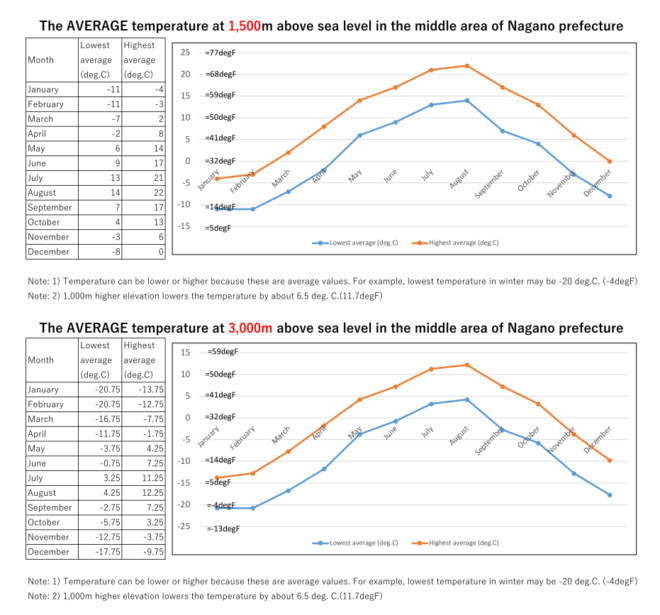How to apply for Tour and Guide Service
- 1 Select the tour you wish to take from the list of tours under "Tour and Guide Service" in the top menu. If you wish to use a guide service, please select "Click here to apply for guide service (Japanese or English) for hiking, cycling, walking, etc.
- 2 Fill in the information in the "Application Form" at the bottom of each tour detail page, and click "Submit."If you are using a guide service, please enter the destination, itinerary, course, and any other requests or questions you may have at the time.
- 3 An e-mail with the same contents and your e-mail address will be sent to our staff.
- 4 Our representative will contact you usually within 48 hours to confirm and discuss the details of your request.
- 5 After we reach the agreement, your request will officially be accepted.
- 6 payment
Payment can be made by bank transfer or by payments platform "Square." We will provide you with the details, so please follow the procedures.
Skill Levels
Technical Levels (3 levels)
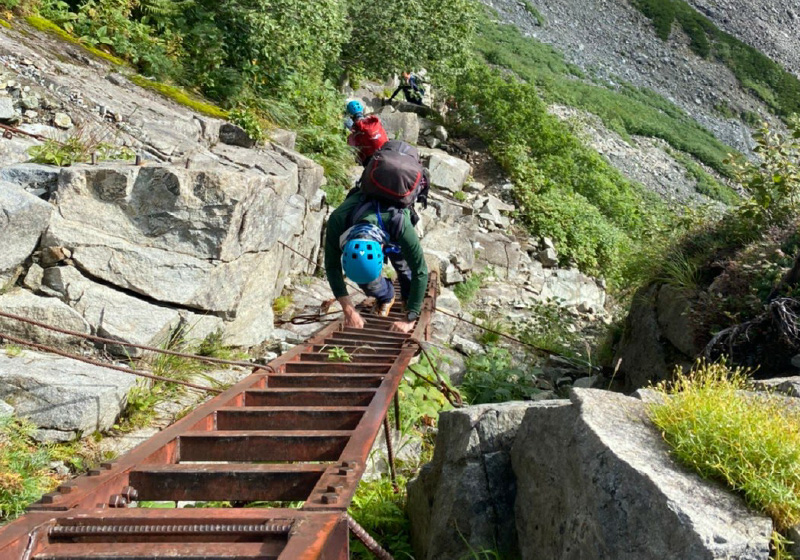
The route is well maintained.
Even if you fall, the possibility of getting badly injured is low.
There are steep climbs and descents, ladders, and scrambles.
There is a possibility of getting badly injured if you fall.
Severe rocky ridges, unstable gullies, ladders, scrambles, snow gorges, and wading areas.
There are steep ascents and descents requiring the use of hands.
There are many places where there is a risk of falling or slipping, making the climber very nervous.
Physical fitness level (5 levels)
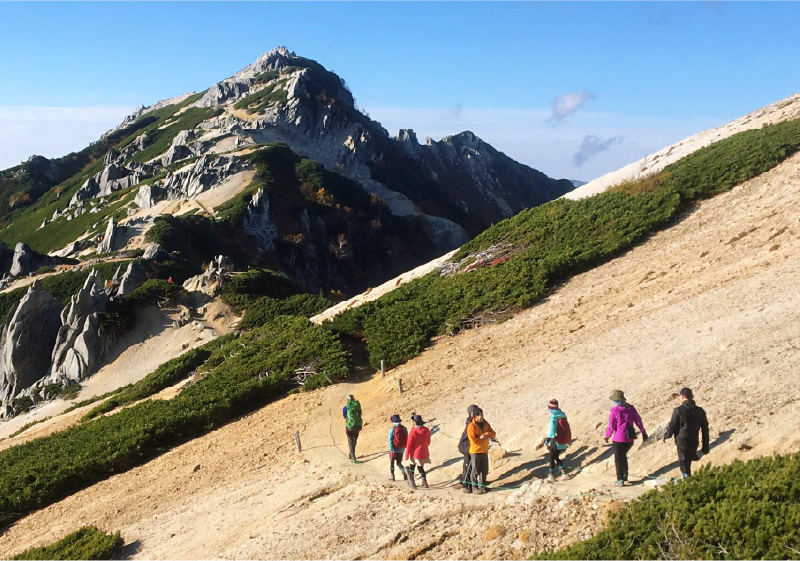
The course is a relatively flat and short distance.
Standard course time is up to about 3 hours.
An ordinary person can move with relative ease.
There is a slight elevation difference or a slightly longer distance.
Standard course time is up to about 6 hours.
An ordinary person can manage the trip.
There is a large elevation difference OR a long distance.
Standard course time is up to about 8 hours.
Only experienced hikers can manage the trip.
The elevation difference is large AND the distance is long.
Standard course time is up to about 10 hours.
A person who frequently hikes in mountains with high physical exertion can manage the trip. An ordinary person will find it quite difficult.
Both elevation gain and distance are very large.
Because of the long time required, without sufficient speed and endurance, there is a high possibility of running out of time and giving up the activity halfway through.
What to bring when participating in activities/tours
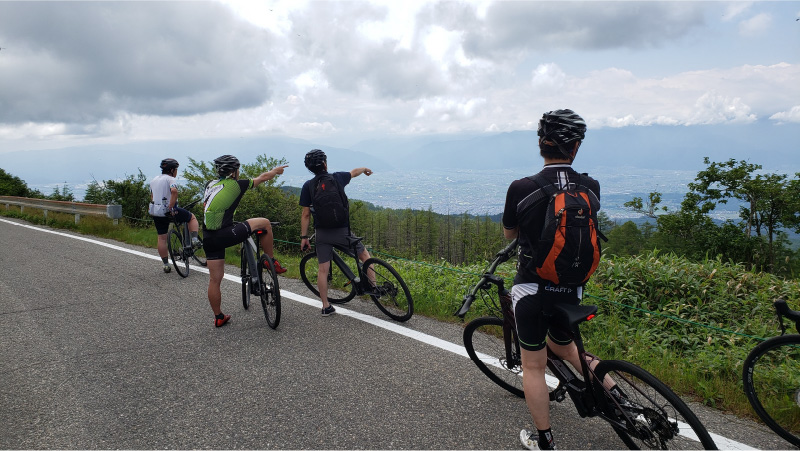
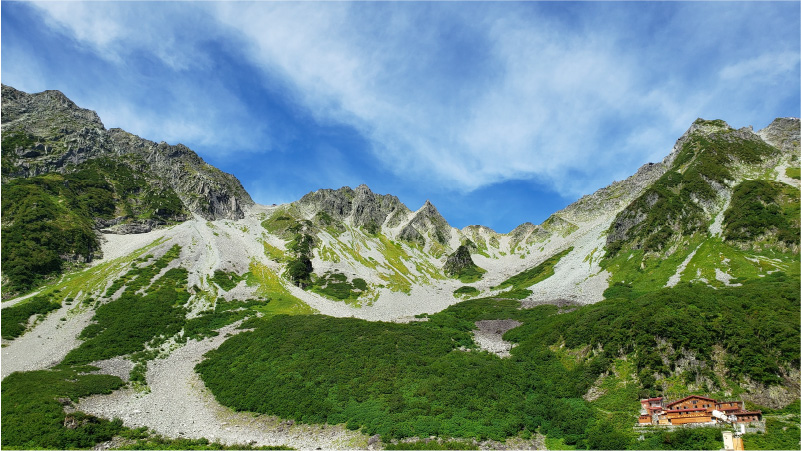
- Backpack (with a capacity that allows some room for your belongings)
- A backpack cover or waterproof inner bag
- Water and beverages (in appropriate quantities)
- High-calorie snacks
- Waterproof rain jacket and pants (with hood and top and bottom separates)
- Folding umbrella
- Warm clothing such as fleece
- Sunglasses and sunscreen
- Towel
- Map
- ID card
- Personal medication
- Masks and other infection-prevention supplies

- Headlamp and spare batteries
- Hat
- Gloves
- Hiking shoes (high-cut, waterproof shoes recommended)
- Toilet paper
- Hiking insurance (to cover search and rescue expenses)
- Sufficient amount of cash (usually only cash is accepted in the mountains)
- 100 yen coins for toilets
- Freezer bag for trash, etc.
- In addition to the 'Day trips, no snow' please bring the following items.
- Thermos (thermos bottle) containing warm drinks
- Waterproof and windproof hooded jacket and pants for winter instead of rainwear
- Long-sleeved inner shirt and pants as additional warm clothing
- Down jacket, etc. as additional winter clothing besides fleece
- A head covering that can cover up to the ears
- Warm outer gloves
- Long gaiters
- Crampons, snow spikes, or other anti-slip devices
- Trekking poles or ice axes
- body/hand warmer
- In addition to the 'Day trips, no snow' or 'Day trips, with snow', please bring the following items.
- Change of underwear and socks
- Earplugs
- Inner sheets and pillowcase
- Toothbrush and paste
- personal cup
Use of Mountain Huts
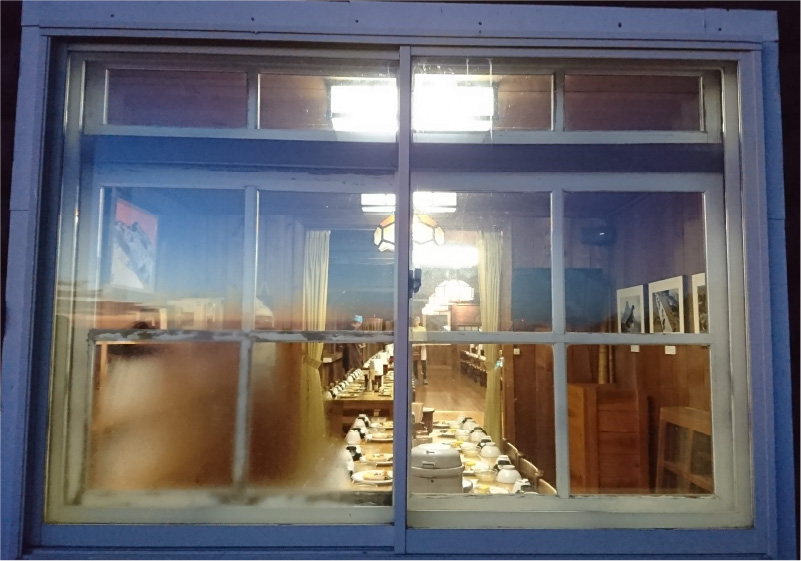
- Arrive at the lodge around 15:00-16:00 at the latest.
- Most lodges will only accept cash.
- Dinner time is approximately 17:00-18:00. Breakfast is served from about 5:00 to 6:00 am.
- Water is very precious in mountain areas. Please take good care of it.
- Most lodges do not have baths or showers.
- Rooms are usually shared and mixed. Private rooms may be available for an additional fee.
- In some mountain toilets, you may not be allowed to throw toilet paper into the toilet bowl. In this case, please throw it in the trash can. This is because microorganisms cannot work sufficiently in the high-altitude area to decompose the material.
- When using mountain toilets, you will usually have to pay a cooperation fee of about 100 yen. However, in most cases, if you are staying overnight, the toilet fee is included in the hut fee.
- In some mountain huts, the use of toothpaste and soap is prohibited to protect the environment.
- Take your own trash home with you. However, containers of items purchased at the hut can be returned to the lodge.
- You can also buy beer, liquor, juice, snacks, etc. at mountain huts, but please understand that the prices are higher than in town because they are flown in by helicopter.
- Lights out in the mountain huts are usually around 20:30 to 21:00. Before going to bed, have a headlamp by your bedside in case you need to go to the bathroom in the middle of the night.
- Please avoid disturbing others around you by making noises late at night or very early in the morning.
- Please charge smartphones and other devices at designated outlets. In some cases, a fee of about 100 yen may be charged. In addition, charging is not possible after the lights are turned off because the generator stops working.
The temperature in the mountain areas
Terms and conditions
| Company name: | W-Asobi G.K. |
|---|---|
| Address: | Hotaka 9636-1, Hotaka, Azumino city, Nagano, JAPAN |
| President: | KASHU Yasuyuki |
A representative will contact you within 24 hours.
We can respond to inquiries in English or Japanese.
:info(at)w-asobi. com
Contact us by phone (weekdays from 10:00 to 17:00)
: 090-9392-5364+81-90-9392-5364









